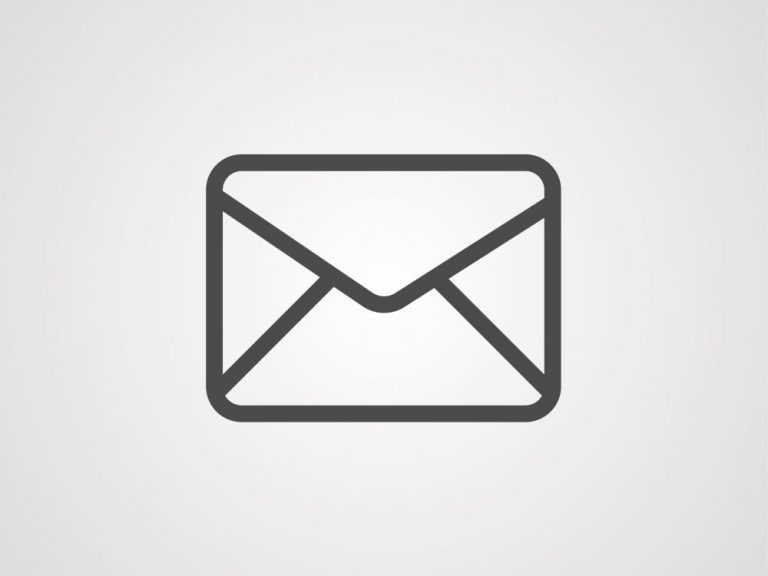Movable Ink Syncs Contextual Email Tech With Loyalty

Email isn’t known as the most fresh-faced or nimble communication channel retailers and brands can leverage to interact with and market to their customers, but it’s not likely to go away anytime soon. According to Marketing Sherpa, for instance, some 72 percent of people prefer to receive brand content through email.
Consumers are receiving as many emails as ever, said Adam Stambleck, CRO of contextual email technology provider Movable Ink. However, as the number of new digital communication channels has grown in the past few years, competition for screen time (not to mention inbox space) has grown with it.
Retailers, brands and other consumer-facing businesses have put in a great deal of work to adapt and innovate on their marketing and communications strategies across other channels — and it’s not as though businesses are wanting for more consumer data.
“They have a ton of data, and they also have a ton of incredible content,” Stambleck said. “But a lot of their content lives on their website — it’s always updating or on their eCommerce sites, apps, social channels and blogs.”
Email was somewhat left out of this channel evolution. It was an older, static medium that was far less flexible than the newer channels.
“Oftentimes, their data is stored in various places,” Stambleck said, indicating that while the information is available, it wasn’t always easily leveraged as a means to keep email relevant.
For their part, Movable Ink created a technology that enables businesses to craft emails whose content changes at the moment-of-open. Stambleck clarified that the company is not itself an email service provider (ESP), but rather an intelligent content layer that sits on top of a business’ ESP.
How Movable Ink-enabled emails present to consumers once opened depends on contextual data elements like specific consumer data from the client organization, as well as information like current location, time-of-open, device type and the weather outside (where applicable).
Stambleck gave a real-world example. If a promotional email were sent by a national coffee chain, the particulars would vary on the individual level.
“If they were opening that email in New York City today where it’s still cold, they would see a hot drink,” he said, noting that the same email opened in Fort Lauderdale would likely feature an iced drink (barring, of course, a freak southern blizzard).
In the same case, emails came with a custom map featuring pins to indicate the nearest retail store based on the recipient’s location at the time-of-open.
Use cases can vary widely depending on the particular market and goals of the businesses sending out the content. A contextual email sent out by a financial institution, for example, would likely feature up-to-date account, spending and branch location information.
Across the board, businesses have seen greater click-through rates, a higher rate of engagement and retention with personalized email communications. Recently, Movable Ink announced the release of a loyalty solution that works in the same vein to address the need to provide up-to-date loyalty information in its email channels.
This can usually be accomplished, said Stambleck, by syncing with a business’ existing loyalty API.
Since loyalty programs, especially in the realm of financial services, can work to increase spend on the actual program, store or card itself, indicating to consumers their up-to-date points, travel miles or distance from rewards goals within loyalty emails can work to increase consumer spending.
As emails become more data rich and personalized, Stambleck indicated that much of the future work for Movable Ink and businesses leveraging email marketing and communication will be in the realm of template creation.
“Anyone who’s worked in email for a long time knows that the production process is a bit archaic,” Stambleck said. “Many of our customers spend a lot of time creating emails over and over.”
Even though emails have caught up in many regards to other digital channels, the process of manual content creation can still be somewhat time-consuming. It’s almost redundant, since many companies already have a plethora of data and content at their disposal from other media.
Templating with Movable Ink, for example, allows eCommerce sites to dedicate a portion of their emails to reflect up-to-date trending products.
“The goal now is to move away from manual production,” Stambleck said, “to automate a lot of the process by using intelligent templates. This way, they can start to think more strategically — to think about leveraging the content and data they have to update emails with the business logic they want it to have.”